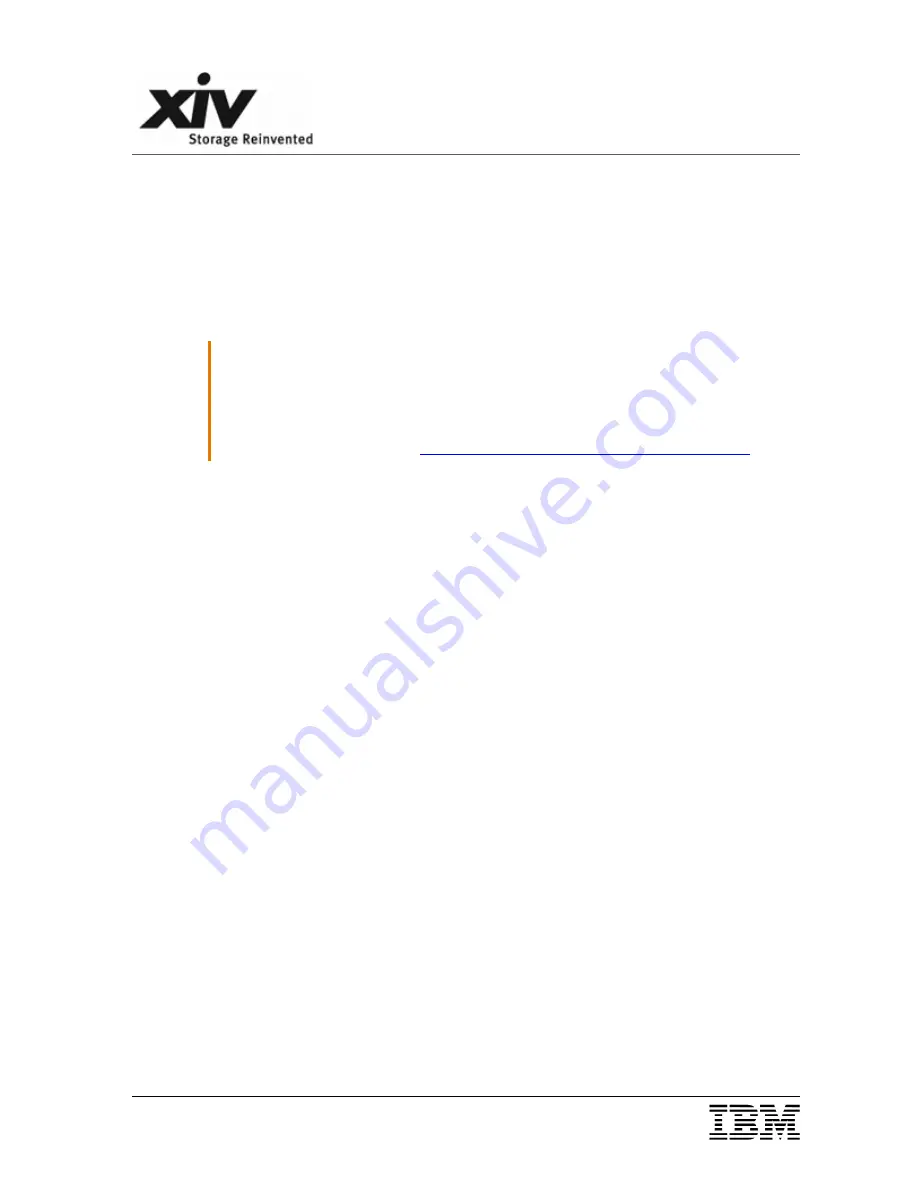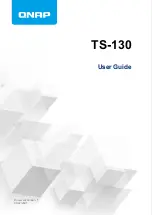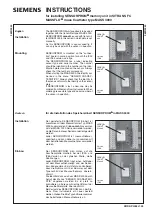
TCO
Reinvented
Copyright IBM Corporation 2009
5
►
Automatic and perfect load-balancing
,
self-healing capability,
and other
architectural features provide tier-1 enterprise-level performance while using fewer
disk drives and, ultimately, much less capacity than traditional architectures
►
Simple pricing
includes all features
, making purchasing simple and eliminating
software licensing fees. There are no software licensing fees, neither upon initial
purchase, nor over time when capacity is added.
Single-tier architecture advantages
Most IT centers today use Information Lifecycle Management (ILM) and similar practices
to cut costs. These efforts involve multi-tiering, which adds a substantial degree of
complexity and cost to system management. A multi-tier storage solution typically
involves a number of different architectures, each requiring a different kind of know-how
to manage. Moving the data between tiers requires effort and planning, and involves
hardware and operating expenses for each tier. As each environment grows at its own
pace, equipment must be added to one tier or another. Since this growth is typically
unpredictable, acquisitions are often not cost efficient.
The single-tier XIV architecture eliminates the complexity and cost of migrating data from
tier to tier, and of maintaining different architectures for different tiers. The XIV system
offers further cost efficiencies by enabling scaling of all components
– capacity,
interfaces, cache, CPU power, and internal bandwidth
– on the same platform. As such,
the XIV system helps organizations curtail and minimize hardware costs while offering the
ability to grow at any time, and only as much as needed.
Commodity hardware
Traditional enterprise-class storage systems are usually built from proprietary hardware.
This typically makes them costly due to the huge investment in their development and
version testing
– but, more importantly, creates a built-in rigidity that makes such systems
unable or slow to integrate new technologies.
The XIV system minimizes costs and provides exceptional flexibility by treating hardware
as an interchangeable commodity. Built entirely of off-the-shelf hardware components,
the XIV system is designed to integrate the latest disks, modules, interconnects, and
The Taneja Group:
"Based on what we’ve seen of its design and
architecture, XIV remains unstoppable like the best of enterprise
storage, but may be fundamentally more extensible, scalable, and
adaptable as technologies evolve. Without a doubt, it brings a new
set of economics to the table for enterprise-level storage."
Taneja Group brief on the XIV system, Nov. 2008







































